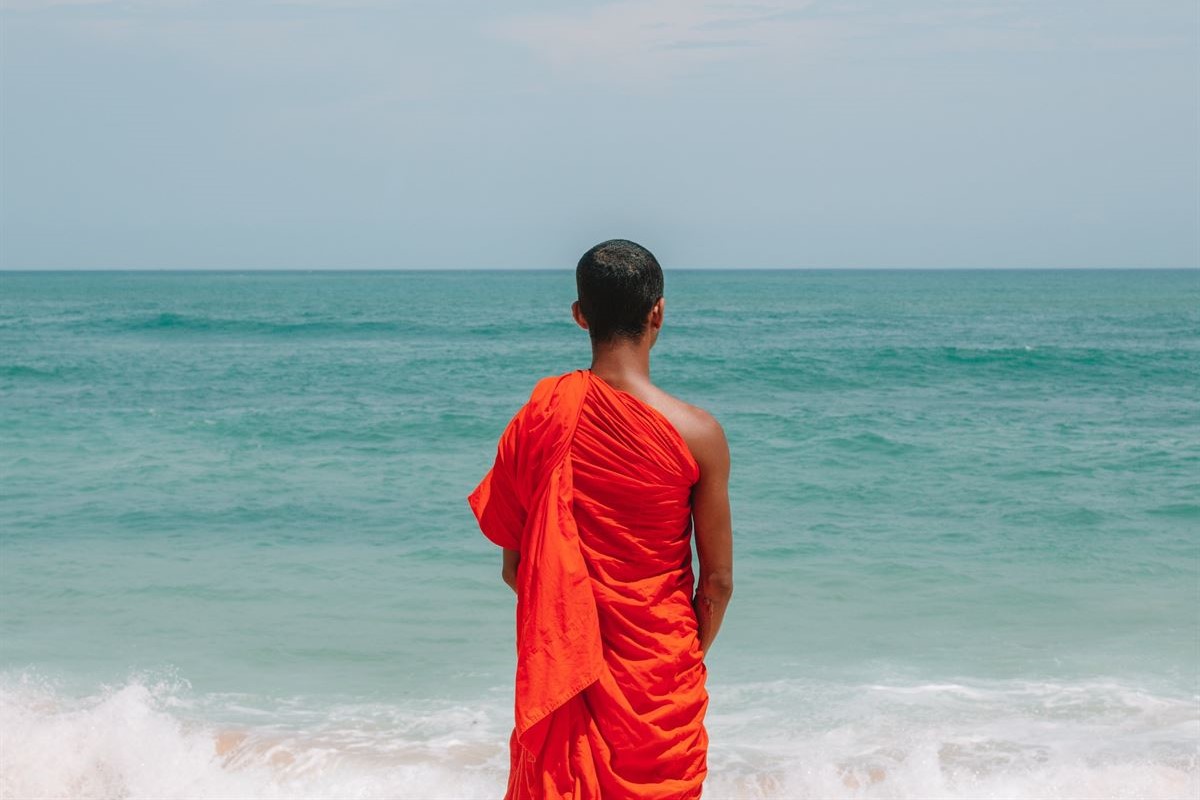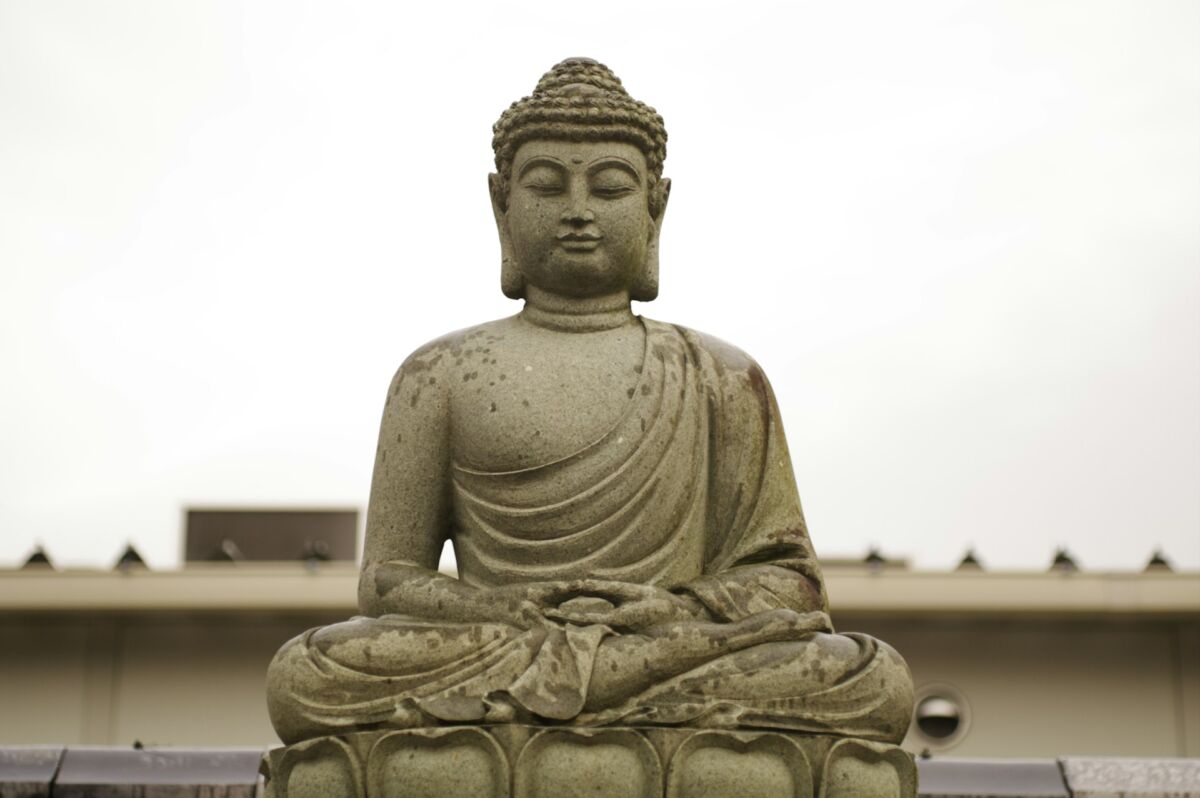Did the Buddha say, “There is no self”?
To answer this question, I turn to an article from Access to Insight written by Thanissaro Bhikkhu.
He begins by saying that anatta, the Buddhist doctrine of no self, is one of the first major obstacles for Westerners trying to understand Buddhism. He writes:

FREE Self-Test: How Spiritual Are You?
First, the idea of there being no self doesn’t fit well with other Buddhist teachings, such as the doctrine of karma and rebirth: If there’s no self, what experiences the results of karma and takes rebirth? Second, it doesn’t fit well with our own Judeo-Christian background, which assumes the existence of an eternal soul or self as a basic presupposition: If there’s no self, what’s the purpose of a spiritual life?
Thanissaro Bhikkhu writes that according to the Pali Canon — the earliest surviving record of the Buddha’s teachings — the one place where the Buddha was asked point-blank whether or not there was a self, he refused to answer:
When later asked why, he said that to hold either that there is a self or that there is no self is to fall into extreme forms of wrong view that make the path of Buddhist practice impossible. Thus, the question should be put aside.
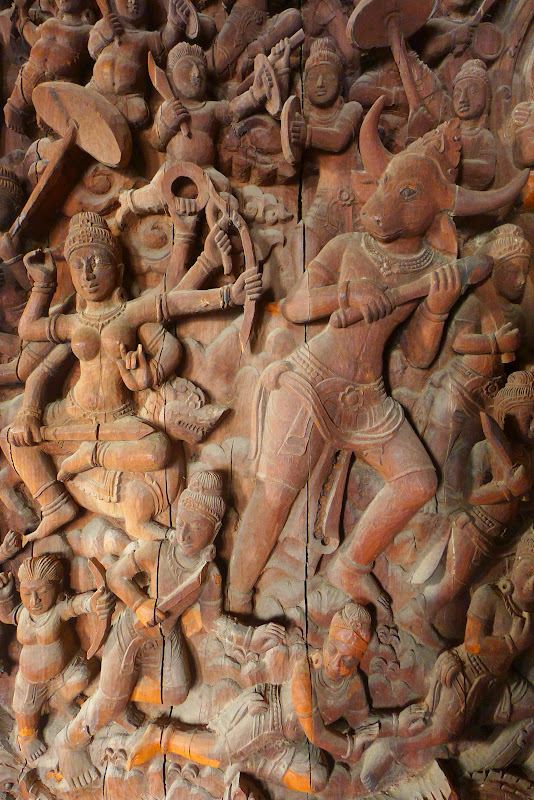
To help us understand the Buddha’s position, Thanissaro Bhikkhu explains the four classes of questions used in Buddhist teachings:
The Buddha divided all questions into four classes: those that deserve a categorical (straight yes or no) answer; those that deserve an analytical answer, defining and qualifying the terms of the question; those that deserve a counter-question, putting the ball back in the questioner’s court; and those that deserve to be put aside. The last class of questions consists of those that don’t lead to the end of suffering and stress.
Then he notes that this classification is ignored by many writers treating the anatta doctrine:
If we look at the way most writers treat the anatta doctrine, we find these ground rules ignored. Some writers try to qualify the no-self interpretation by saying that the Buddha denied the existence of an eternal self or a separate self, but this is to give an analytical answer to a question that the Buddha showed should be put aside.
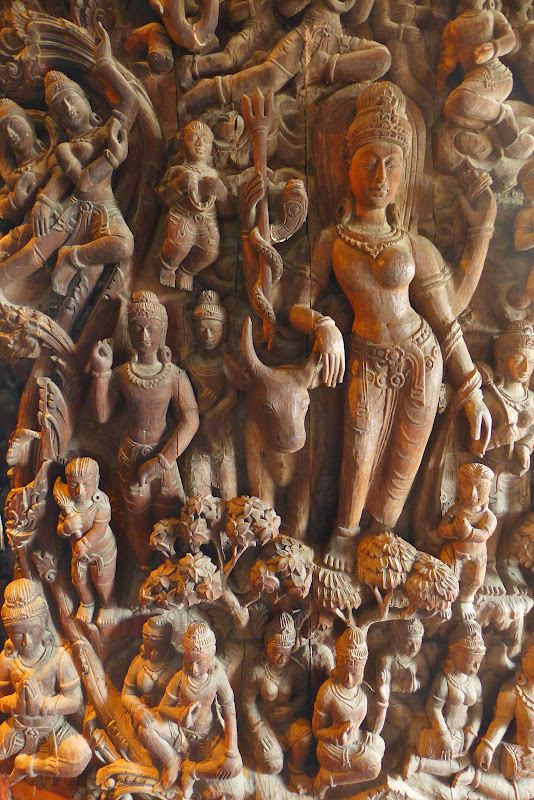
So why did the Buddha think the question was misguided to begin with? Thanissaro Bhikkhu offers the following explanation:
No matter how you define the line between “self” and “other,” the notion of self involves an element of self-identification and clinging, and thus suffering and stress. This holds as much for an interconnected self, which recognizes no “other,” as it does for a separate self. If one identifies with all of nature, one is pained by every felled tree. It also holds for an entirely “other” universe, in which the sense of alienation and futility would become so debilitating as to make the quest for happiness — one’s own or that of others — impossible. For these reasons, the Buddha advised paying no attention to such questions as “Do I exist?” or “Don’t I exist?” for however you answer them, they lead to suffering and stress.
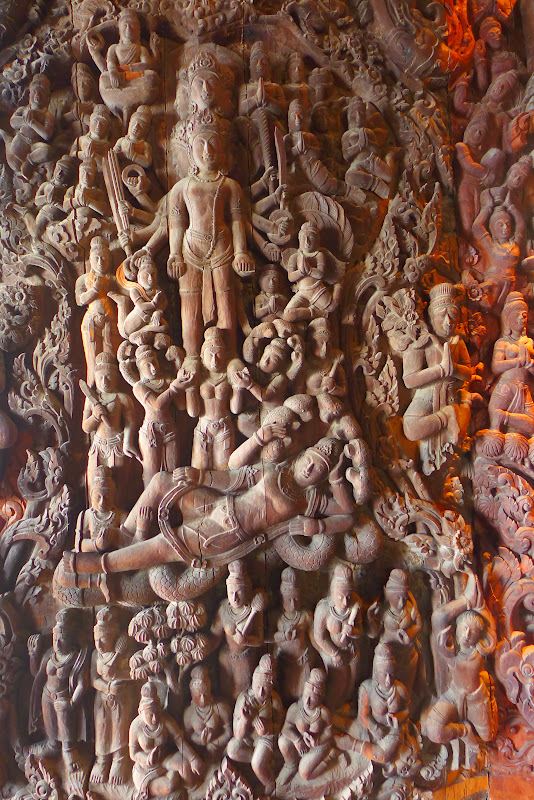
Thanissaro Bhikkhu concludes by offering an alternative way of understanding the Buddhist doctrine of no self:
To avoid the suffering implicit in questions of “self” and “other,” [the Buddha] offered an alternative way of dividing up experience: the Four Noble Truths of [suffering], its cause, its cessation, and the path to its cessation.
Rather than viewing these truths as pertaining to self or other, he said, one should recognize them simply for what they are, in and of themselves, as they are directly experienced, and then perform the duty appropriate to each: [suffering] should be comprehended, its cause abandoned, its cessation realized, and the path to its cessation developed.
[If these duties are performed], the questions that occur to the mind are not “Is there a self? What is my self?” but rather “Am I suffering stress because I’m holding onto this particular phenomenon? Is it really me, myself, or mine? If it’s stressful but not really me or mine, why hold on?”
These last questions merit straightforward answers, as they then help you to comprehend [suffering] and to chip away at the attachment and clinging — the residual sense of self-identification — that cause it, until ultimately all traces of self-identification are gone and all that’s left is limitless freedom.

FREE mindfulness resources for stress relief
Complement with our articles on the Four Noble Truths, the Noble Eightfold Path, and Nirvana in Buddhism.
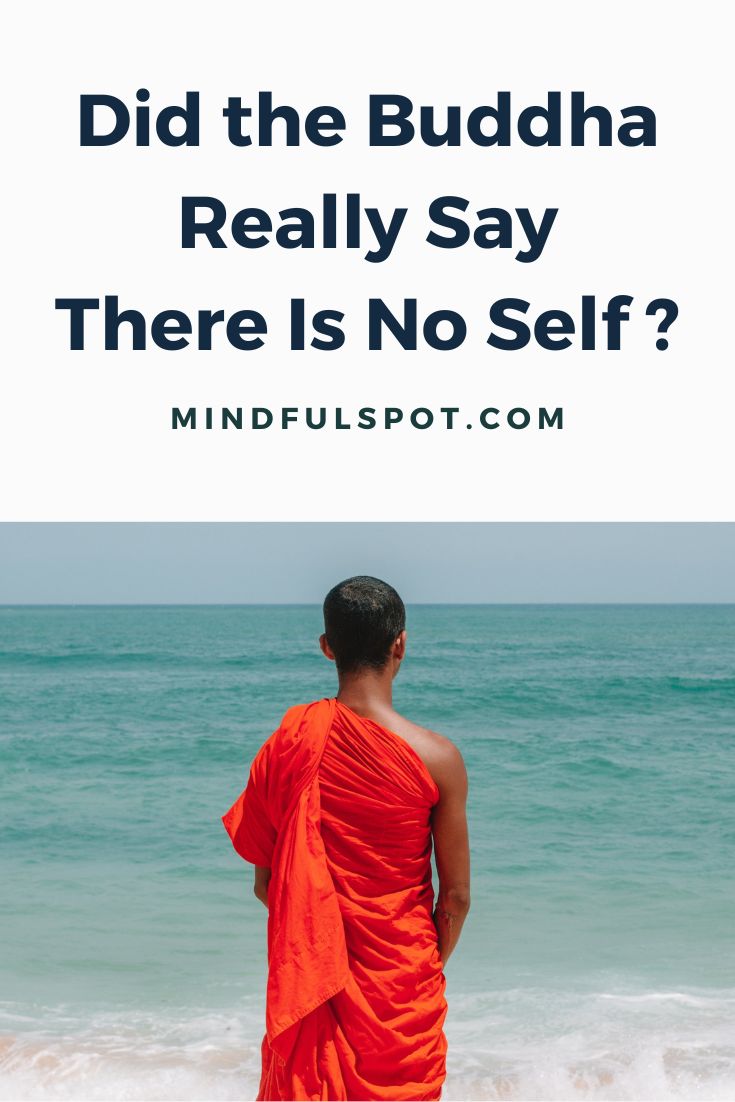
I’m a freelance writer and mindfulness advocate behind this blog. I started my meditation practice in 2014, and in 2017 I launched this website to share what I learn with others. Here are the three things you can do here:
1. Schedule a free consult if you want to learn Buddhist meditation.
2. Download free mindfulness resources for stress relief
3. Join Patreon for exclusive content and community meetings.

